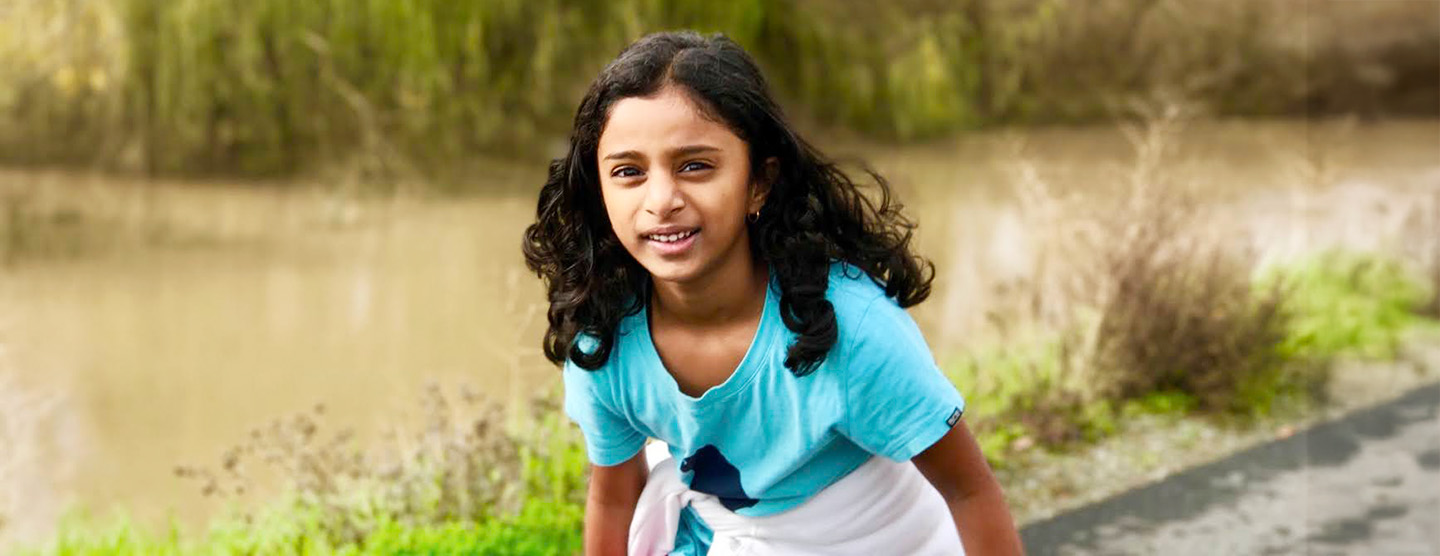What is limb lengthening?
Limb lengthening is a treatment that stimulates a too-short arm or leg to grow longer. It involves surgery, followed by the use of an internal or external device that gradually extends the limb over time.
This procedure is used for kids (and adults) with a limb length discrepancy – meaning one arm or leg is shorter than the other – that impacts their mobility and physical function. Having an arm that's significantly shorter than the other can make it difficult to do everyday activities, such as riding a bike or typing. Differences in leg length can make it hard to stand, walk and run and may lead to hip, knee and back problems.
During the surgery, the bone is cut and an expandable device is placed; it will be used to slowly move the bone's two ends away from each other. As a gap opens up, new bone grows to fill it. The entire process is done over several months, giving the bone and its surrounding muscles, tendons and other tissues time to stretch and heal. The device is removed after the proper length is reached and the new bone has hardened.
Typically, one cycle of limb lengthening can extend a bone up to 2 inches. To reach the desired length, some children undergo multiple treatment cycles.
Limb lengthening is a physically demanding process that requires a lot of patience from both patients and their families. It can sometimes take six to nine months – or longer, depending on several factors. To ensure this is the right treatment for your child, you must fully understand the procedure, the potential complications and other treatment options.
Our approach to limb lengthening surgery
Pediatric orthopedic surgeons at the UCSF Limb Lengthening and Complex Reconstruction Center are experts in the limb lengthening procedure and its follow-up care. The center is the only limb lengthening program on the West Coast that focuses on children and young adults. We provide comprehensive care and support to our patients and their families.































